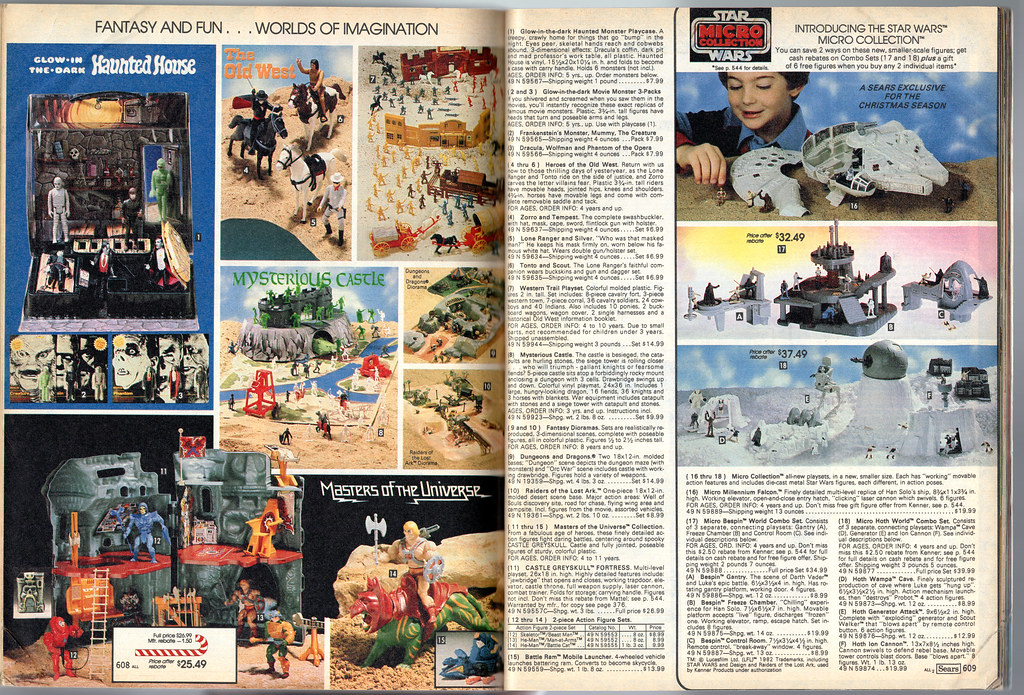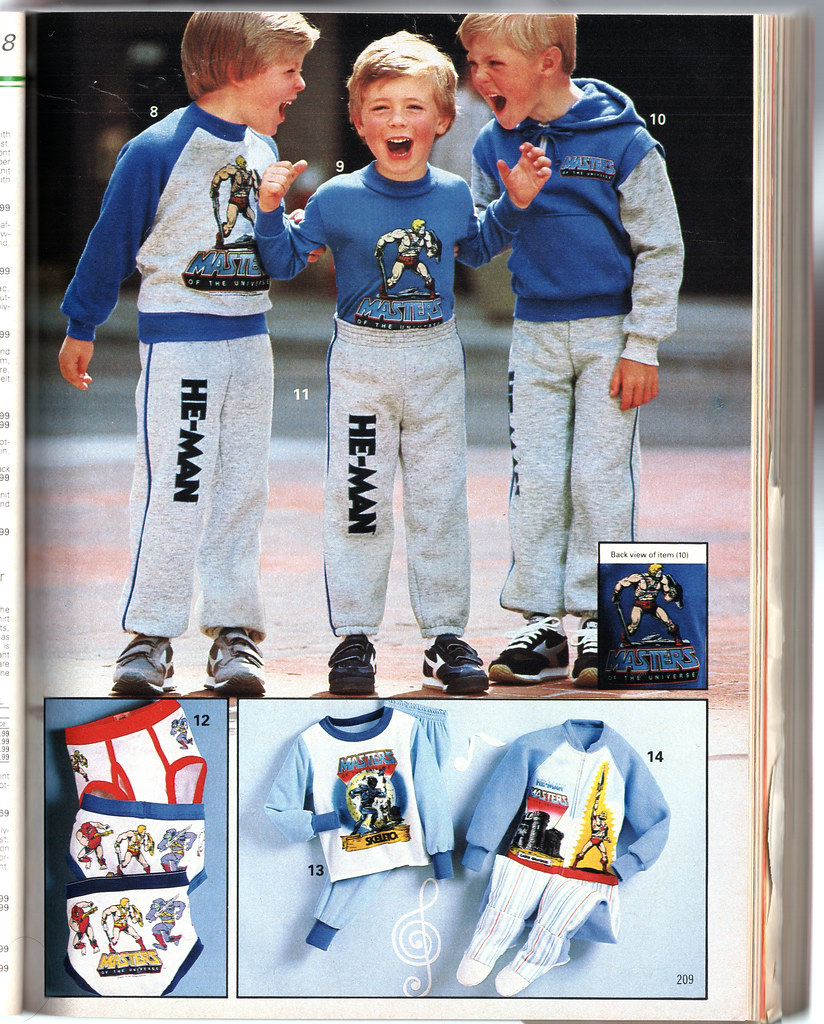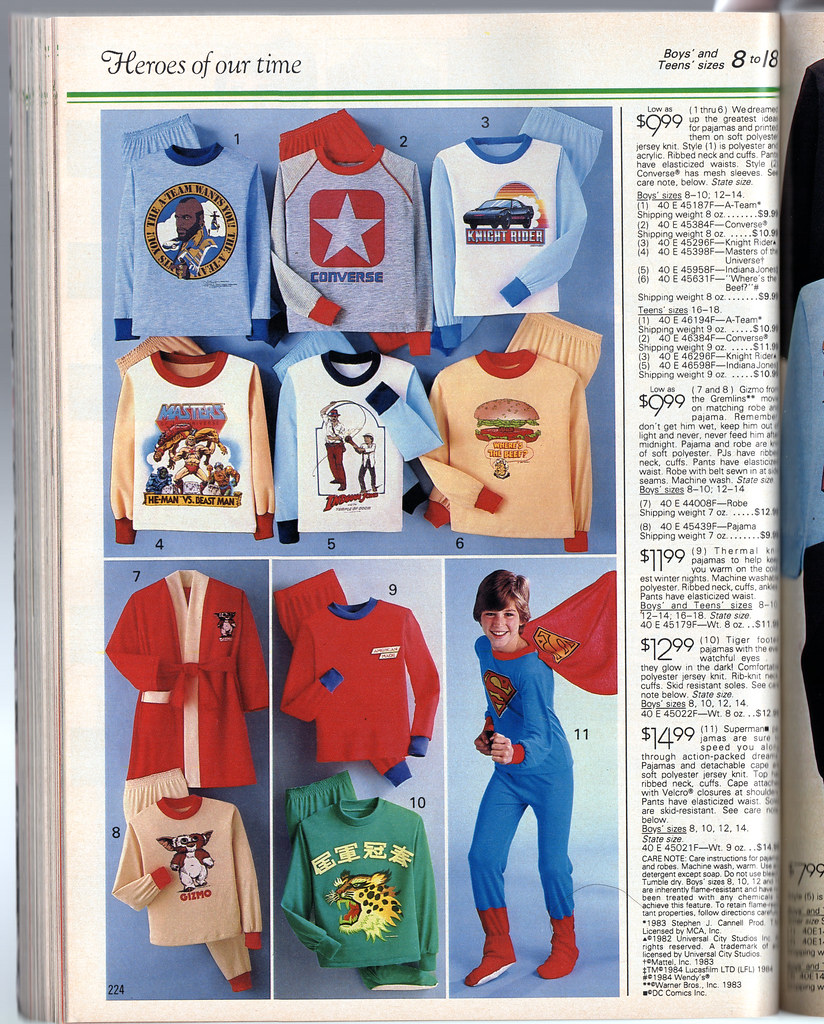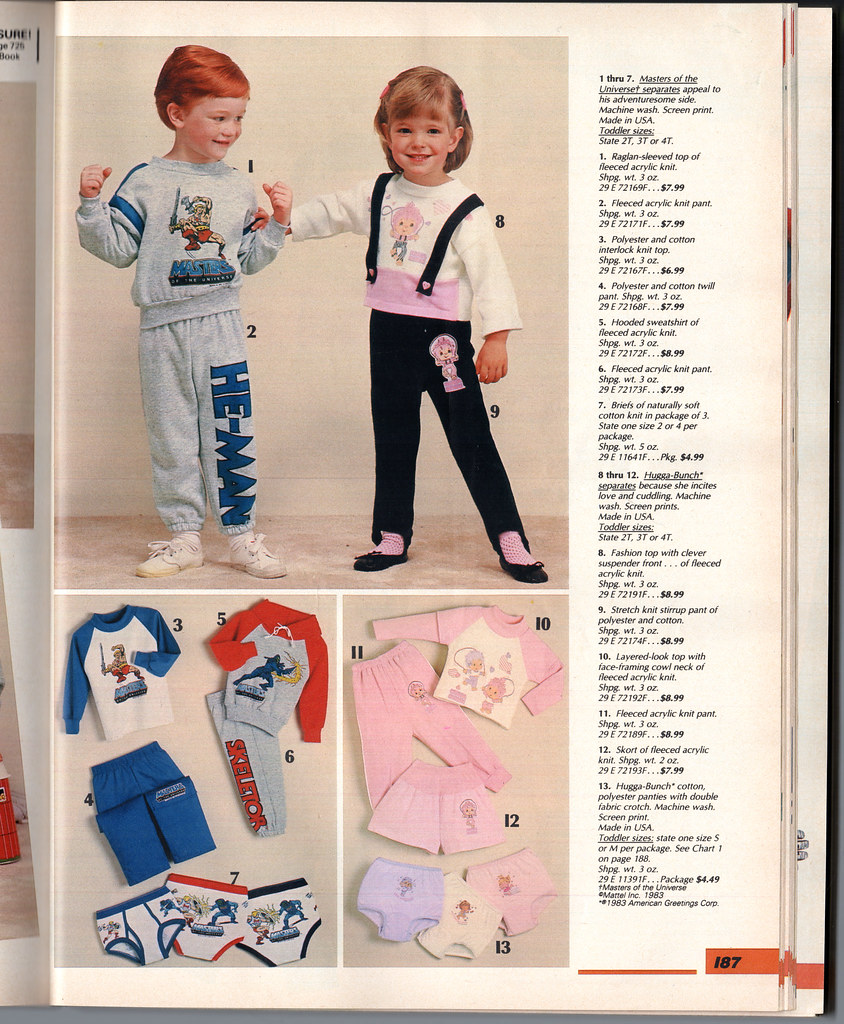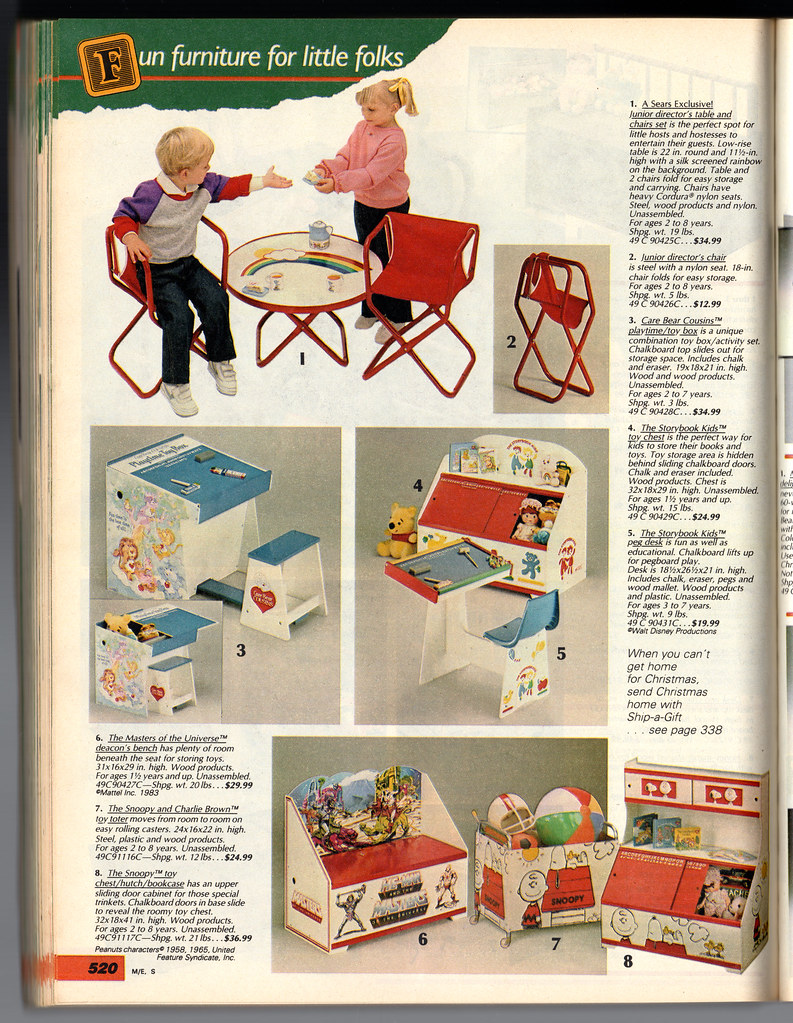
Review by Adam McCombs
Zack Papadelias was kind enough to send me a copy of his new unofficial Masters of the Universe Vintage Toys Reference Guide to review. Having worked on a small part of a large toy book myself (The Toys of He-Man and the Masters of the Universe) I have a notion of how much work must have gone into this book – especially since he did most of the work himself! James Eatock contributes some very nice illustrations, and Cristina DiGiacomo assisted with layout and editing, while Jake Cascarelli helped with the cover art.

In my own blog I haven’t gotten in too deep into variants. My one major effort was in covering “first release” variants from the initial 1982 release of MOTU. But that’s really just scratching the surface, and I wouldn’t consider myself an expert on international variants by any means. Zach dives in much deeper to give a comprehensive overview of the many international variant releases in the original vintage line, in addition of course to the “standard” figures widely available in the US in the 1980s. Included below are a few sample pages from the book:


The listing and description of variants provides just enough detail without getting so bogged down that it becomes hard to follow. I should note that there are a few missing variants, which shouldn’t be surprising given a book of this length and complexity. But the vast majority of notable variants are represented in this book, and the book also contains a broad summary of all of the major foreign MOTU manufacturers.
The book also includes a guide to the vintage minicomics, including foreign print comics. Also covered are gift sets and related modern lines, including the 2000 Commemorative line and the MOTU Giants line. There is also a collection of illustrations that appeared in Mattel copyright filings for the original MOTU line.

While there is a lot of online discussion of variants in forums across MOTU fandom, there really isn’t much in print about the topic, so it’s very nice to finally have something physical to refer to.
The book is available for purchase at Lulu Books, as well as Amazon and Barnes & Noble.
Want to support the blog? Consider becoming a Patreon supporter. You’ll also gain access to exclusive content and early access to posts on the blog. Thank you!







